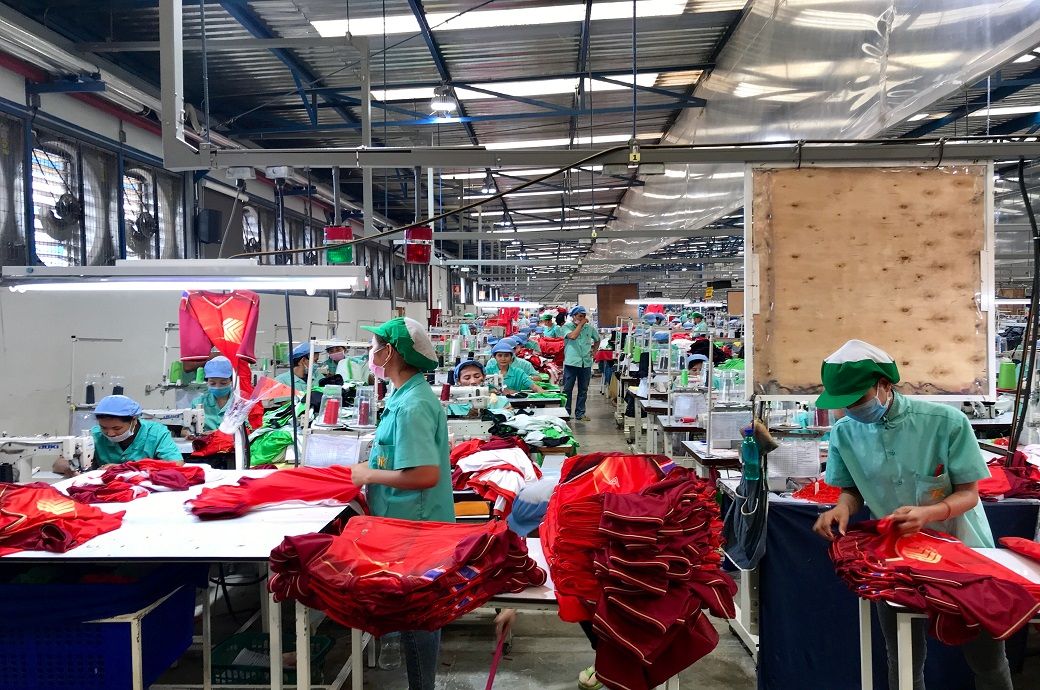The seasonally adjusted HSBC India Manufacturing PMI rose from 57.7 in September to 59.2 in October, indicating a faster improvement in the health of the sector.
Indian manufacturing conditions strengthened in October, boosted by GST reforms, productivity growth and technology investment, PMI data shows. A faster rise in new orders fueled growth in production and purchasing levels, with the latter driving a near-record expansion of input inventories. External sales increased at their lowest rate in ten months. Job creation entered its 20th consecutive month in October; growing moderately.
A faster rise in new orders fueled growth in production and purchasing levels, with the latter driving a near-record expansion of input inventories.
Meanwhile, foreign sales rose at the slowest pace in ten months.
There was a modest, softer rise in input costs, but the inflation rate matched September’s nearly 12-year high.
New orders increased again at the start of the fiscal third quarter, and the pace of expansion was pronounced and stronger than that recorded in September.
Similarly, production growth accelerated from the previous month. As in August, the expansion rate was the best in five years, according to a statement from S&P Global, which compiled the PMI data.
Data for October showed that the rebound in sales growth was mainly due to the domestic market, as new export orders increased at a slower pace. The latest improvement in international demand for Indian products was marked, although the least pronounced so far this calendar year.
Manufacturers continued to purchase additional raw materials and semi-finished items in October, apparently to supplement production and increase their inventories. Purchase levels rose at the fastest pace since May 2023.
One factor that supported the growth of input purchases was a notable weakening of cost inflation. The latest increase in overhead was modest, the weakest in eight months and well below the long-term series average.
Despite easing cost pressures, the rate of charge inflation equaled that recorded in September and was therefore the highest in 12 years.
Survey participants indicated that the strength of demand was the key factor behind the current increase in producer prices.
Job creation entered its 20th consecutive month in October. The pace of expansion was moderate and broadly similar to that of September.
Capacity pressures among Indian manufacturers remained mild, as indicated by another slight increase in pending business volumes. According to the companies monitored, the strength of demand was the main determinant of the increase in pending orders.
In general, suppliers were able to ship supplies in a timely manner. Average delivery times decreased moderately in October and were the sharpest in four months.
Stocks of raw materials and semi-finished items increased at the second-fastest pace since data collection began in March 2005 (behind May 2023). Respondents indicated that the dynamism of demand encouraged them to increase stocks.
Inventories of finished goods also increased, but here the pace of accumulation was only marginal as companies often covered sales of stored products.
On the outlook, manufacturers attributed positive expectations to GST reforms, capacity expansion and marketing efforts. They also predicted demand resilience and expect pending contracts to be approved.
Fiber2Fashion News Desk (DS)



